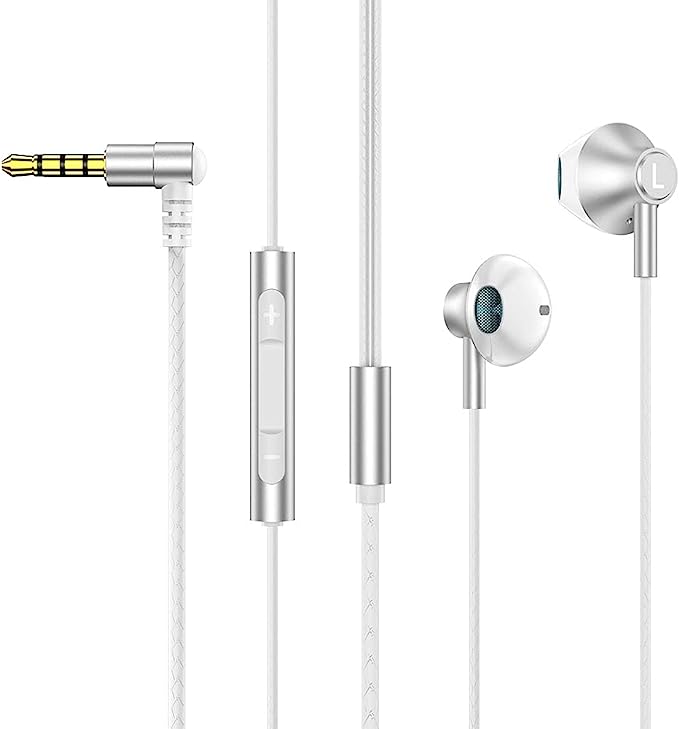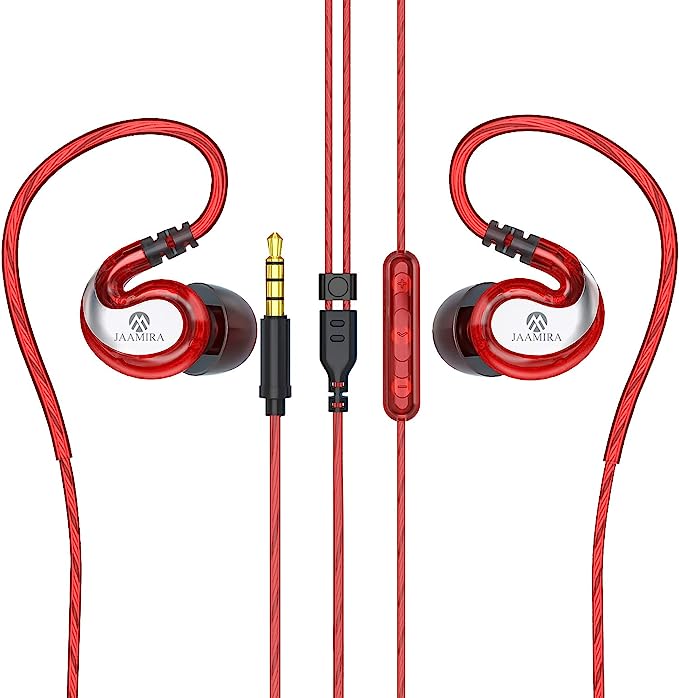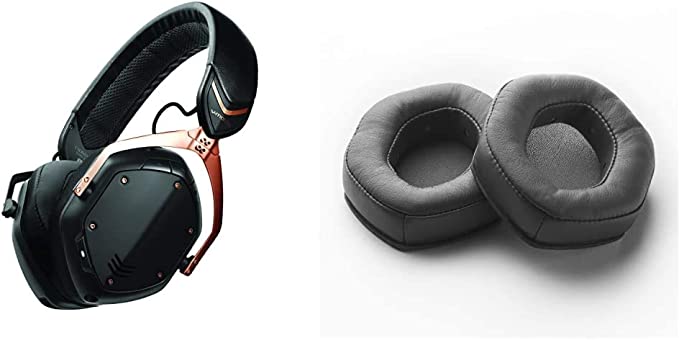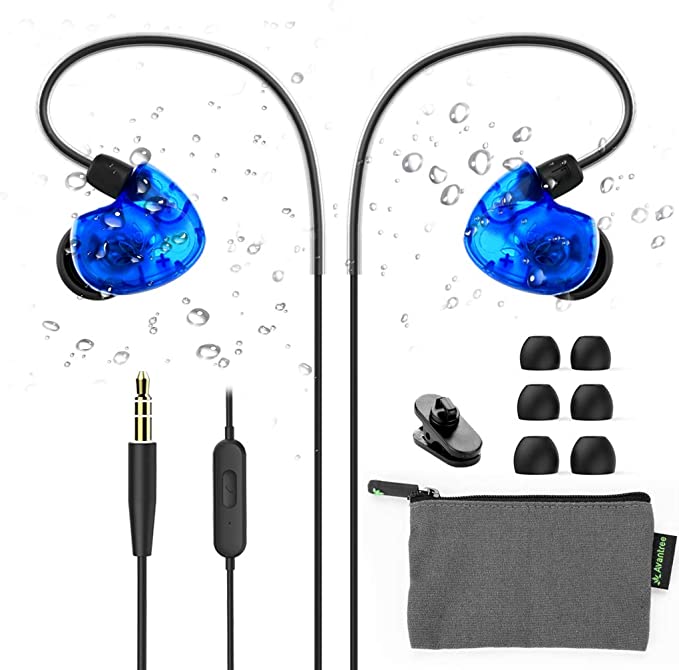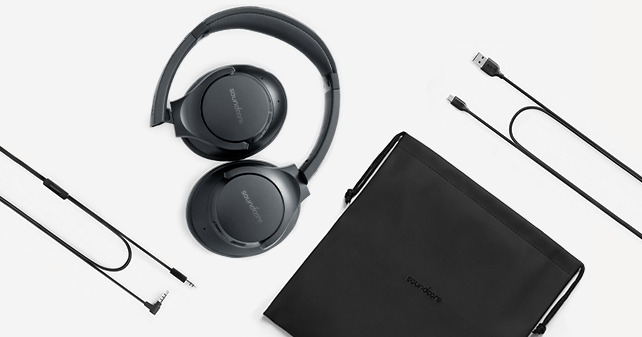Audiovance Nature 301 Wireless Earbuds: The Budget-Friendly Wireless Earbuds That Punch Above Their Weight
Update on July 3, 2025, 9:49 a.m.
What if the ultimate feature of a piece of technology was its own disappearance? It’s a curious paradox. We acquire devices to add something to our lives—music, connection, information—yet the most sublime experiences often occur when we forget the device is even there. Too often, we find ourselves encumbered by the very tools meant to set us free: the nagging pressure in our ears, the disorienting silence that cuts us off from the world, the frustrating static on an important call. This is where true engineering reveals itself, not in adding more, but in intelligently taking away. It’s an art of invisibility, and it’s quietly practiced in objects like the Audiovance Nature 301 earbuds.

The Disappearance of Mass and Pressure
Consider the simple, physical reality of wearing earbuds for hours. It often ends with a low-grade, persistent ache—a feeling of presence that is more alien than assistive. This sensation is a form of physical friction, a constant reminder of the object lodged in your ear. The first step toward invisibility, then, is the elimination of this friction.

This is where the science of ergonomics moves from a marketing buzzword to a tangible comfort. Weighing a mere 3.3 grams, each Nature 301 earbud is an exercise in minimalism. But weight is only half the story. The true innovation lies in its half-in-ear form. Unlike traditional designs that act as a wedge, sealing the ear canal, this architecture rests gently in the concha, the outer bowl of the ear. Think of it as the difference between a cork plugging a bottle and a drop of water conforming to a surface.
This approach masterfully solves a pervasive issue known to psychoacousticians as the Occlusion Effect. This is the scientific term for the distracting, resonant boom of your own voice, breathing, and footsteps when your ear canal is sealed. It’s a drummer inside your head that you never hired. By leaving the ear canal open, this design effectively fires that drummer, achieving a state of profound physical silence and comfort that allows you to forget you’re wearing anything at all.

The Dissolving Walls of Sound
In our current technological landscape, dominated by the quest for absolute silence, active noise cancellation is king. We are encouraged to build digital walls to block out the world. But what is lost when those walls are too high? The subtle chime of a closing train door, the background chatter that signals a lively café, a colleague’s question from across the room. These are not distractions; they are the texture of life.

The Nature 301 champions a different philosophy: integration, not isolation. Its semi-open acoustic design is a deliberate choice to let the world breathe. It doesn’t aim to create a sterile, sound-proof chamber in your head, but rather a private, furnished room with an open window. This is where the audio engineering becomes an art of balance. The heart of the sound is a large 13mm transducer powered by a Neodymium (NdFeB) magnet—a class of powerful rare-earth magnets that allows the diaphragm to move with exceptional speed and precision.
Crucially, this transducer is not tuned to overwhelm, but to complement. Some users, accustomed to bass-heavy audio, note that its low-end is present but not overpowering. This isn’t a flaw; it’s a feature born of a specific tuning philosophy. Like a masterful chef who uses salt to enhance, not dominate, a dish’s flavor, the engineers here have tuned for timbre—the rich, overall character of a sound. The goal is a natural soundscape where bass, mids, and highs coexist in harmony, blending seamlessly with the ambient sounds of your environment. It’s the disappearance of the artificial barrier between your music and your life.

The Fading of Frustration
There are few technological frustrations as acute as a poor-quality call. The endless loop of “Can you hear me now?” and the strain of deciphering words through a sea of background noise are potent sources of friction. The final act of disappearance is to make this interference vanish, leaving only the clarity of human connection.
This is achieved through a sophisticated array of four MEMS (Micro-Electro-Mechanical Systems) microphones. This is not simply about having more microphones; it’s about what they do together. The system employs a digital signal processing technique known as beamforming. Imagine the microphones as a team of expert listeners in a noisy party. Using the principles of wave physics, they can determine the direction your voice is coming from. They then digitally amplify the sound from that specific direction while simultaneously identifying and suppressing the chaotic noise coming from all other directions. It’s a sonic spotlight that illuminates you and dims the rest of the room.

This intricate process is tethered to your device by Bluetooth 5.2, a standard that provides a robust and efficient data link. This ensures the clean signal captured by the microphones arrives at the other end without interruption. The result is the disappearance of ambiguity and frustration, replaced by effortless conversation. A customer’s simple praise—“the sound is clear”—belies the complex physics and computation working silently in the background. And when the technology works this well, it, too, becomes invisible.

The Eloquence of Absence
True elegance in design is often subtractive. It’s found in what is not there: no pressure, no disorientation, no static. The Audiovance Nature 301, in its quiet competence, serves as a beautiful case study in this philosophy. By systematically engineering the disappearance of physical, sonic, and functional friction, it achieves something remarkable: a heightened sense of presence. When you forget the technology, you become more present in your music, more engaged in your conversation, and more connected to the world around you. This, perhaps, is the ultimate purpose of the tools we create—not to be the focus of our attention, but to seamlessly, silently, get out of the way.













